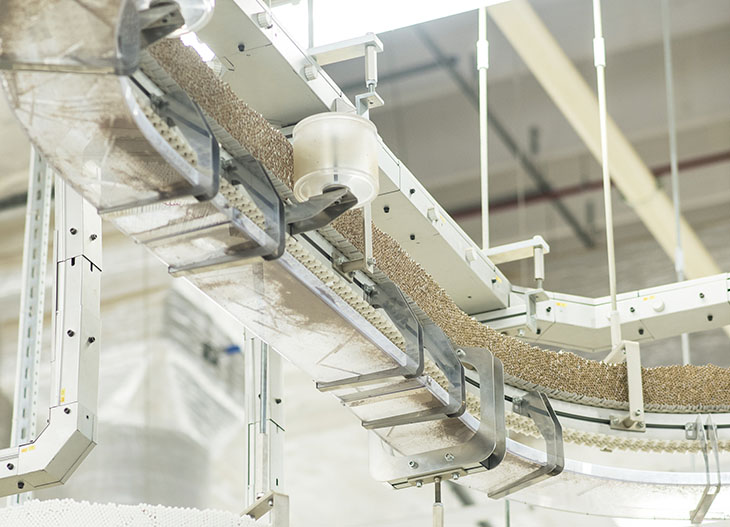What are the best practices for laboratory capacity planning? You need to make data-driven decisions, optimize your resource allocation, achieve flexibility, and review your procedures regularly. In this article, we explain them in more detail and present you with a solution that will help you take your scheduling to the next level. We invite you to read on.
The Best Practices Regarding Laboratory Capacity Planning
Every laboratory operates in its own unique circumstances, so it is impossible to come up with a one-size-that-fits-all strategy. However, there are some good practices for laboratory capacity planning that are universally applicable. Let’s take a look at them.
- Data-driven decision-making – We are long past the times when decisions could be made based on intuition or scattered information. Nowadays, it is possible to seamlessly collect almost any kind of data, and you have to make use of this fact. Thus, the first point on our list is data-driven decision-making – collecting every useful information and planning your daily, weekly, monthly and yearly operations based on them.
- Perfected resource allocation – When optimizing processes, we usually think about the people. After all, a proper task distribution can truly do wonders in terms of productivity. Yet, human resources are not the only ones that you should manage to perfection. Lab equipment or just space are also as important – you need to think about allocating them in the most efficient way as well.
- Flexibility – All the measures that you take when allocating resources and using data to schedule or plan must have a way out – an exit that will let you drive them toward a different direction if needed. Only flexibility will let you keep up with the ever-changing compliance requirements and the growth of your lab, and the only way to achieve it is by considering it right from the start.
- Regular reviews – For years, humanity has hunted animals for food, until domesticated animals became a much better way to get it; the same is for your lab. The fact that your procedures work now does not mean that they will be the most efficient solution in the future. Therefore, your laboratory capacity planning has to be reviewed regularly, preferably quarterly.
Laboratory Capacity Planning Software as an All-In-One Solution
While following all these best practices might be difficult, there is something that may make it easier and help you achieve better results at your lab: laboratory capacity planning software. This is because these programs provide you with everything you need for each of the points mentioned above.
- Data-driven decision-making – Laboratory capacity planning software collects data, analyzes it, learns from it, and makes predictions based on the information, letting you make decisions based on data-supported facts.
- Resource allocation – These systems enable you to seamlessly optimize resource allocation (based on data).
- Flexibility – You may test different scenarios in such software to find the best solution for the current circumstances.
- Regular reviews – Such software lets you review your procedures through real-data insights and by giving you access to real-time success metrics.
The Takeaway
Equipped with this knowledge, you are ready to optimize your laboratory capacity planning. Remember – specialized software makes this much easier, thus it is a good idea to invest in it.






















